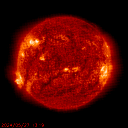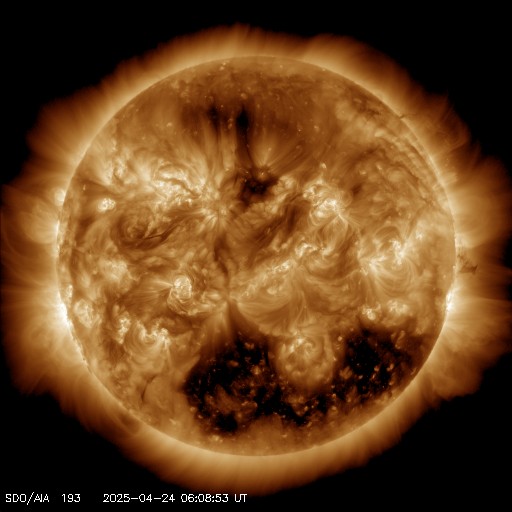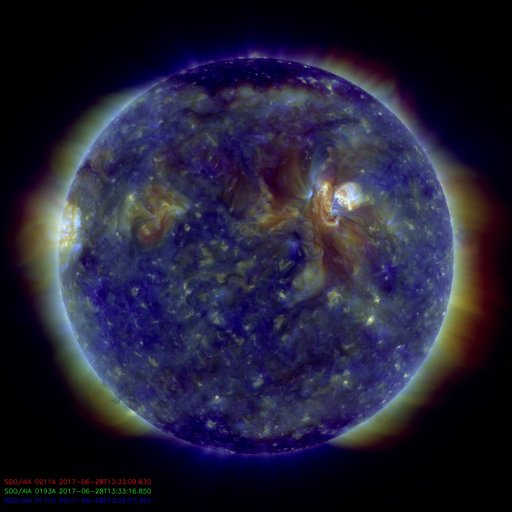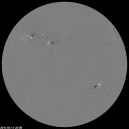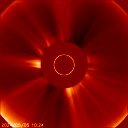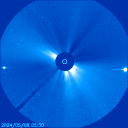
Rusya'nın stratejik ve askeri amaçlı "kıtalararası balistik misili Topol (RS-12M)'i bugün denedi...
Misil, anti-misil savunma sistemine karşı geliştirilmiş...
Deneme yerel saat ile bugün 14:26'da gerçekleştirildi...
 Denemede Topol, varsayımsal hedef "Kamchatka Peninsula" olduğu öngörülerek 6000 km'lik uzaklığı hedefledi...
Denemede Topol, varsayımsal hedef "Kamchatka Peninsula" olduğu öngörülerek 6000 km'lik uzaklığı hedefledi...Bir önceki Topol testi 8 Aralık 2007'de gerçekleştirilmişti...
Topol misilinin geliştirilmesi 1977 yılına dayanıyor...
Misil 10.000km'lik uzaklığa erişebiliyor...
Stratejik olarak misilin bugün denenmesi Gürcistan ve NATO'ya gözdağı vermek olduğu düşünülebilir.
Rusya Federasyonunun Müslüman topluluğu, Libya, İran ve Suriyenin denemelerini onayladığını söylüyor...
Kaynak: Pravda
Bu misil ile Rusya, Füze savunma sistemini devre dışı bırakacak sistemi de geliştirdiğini duyurmuş oluyor...


